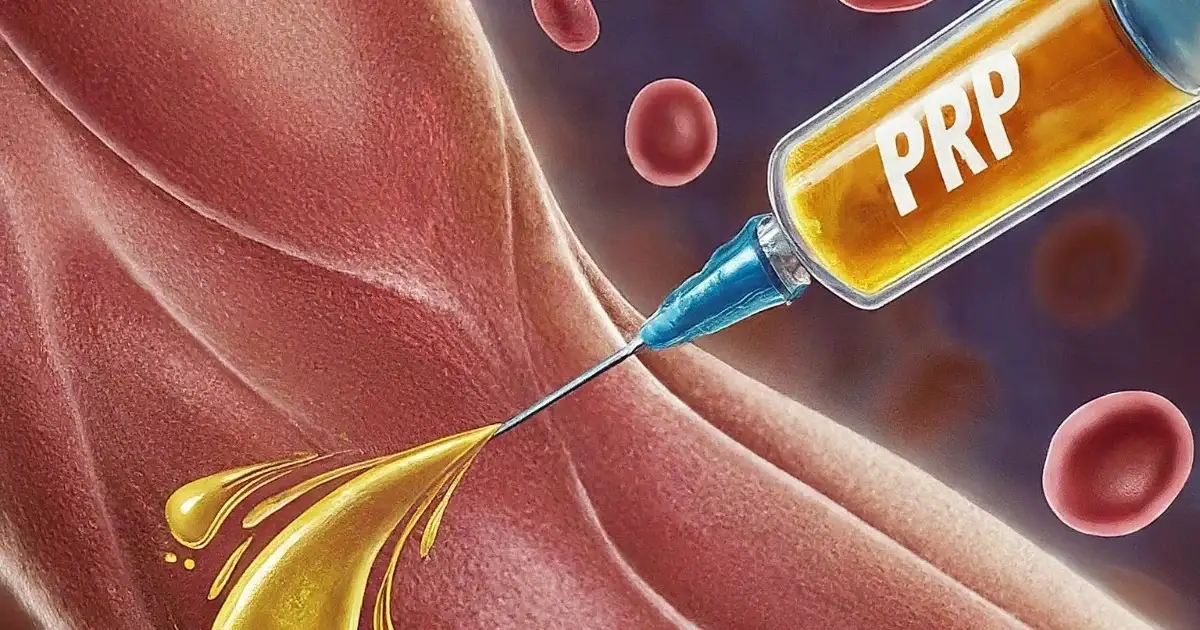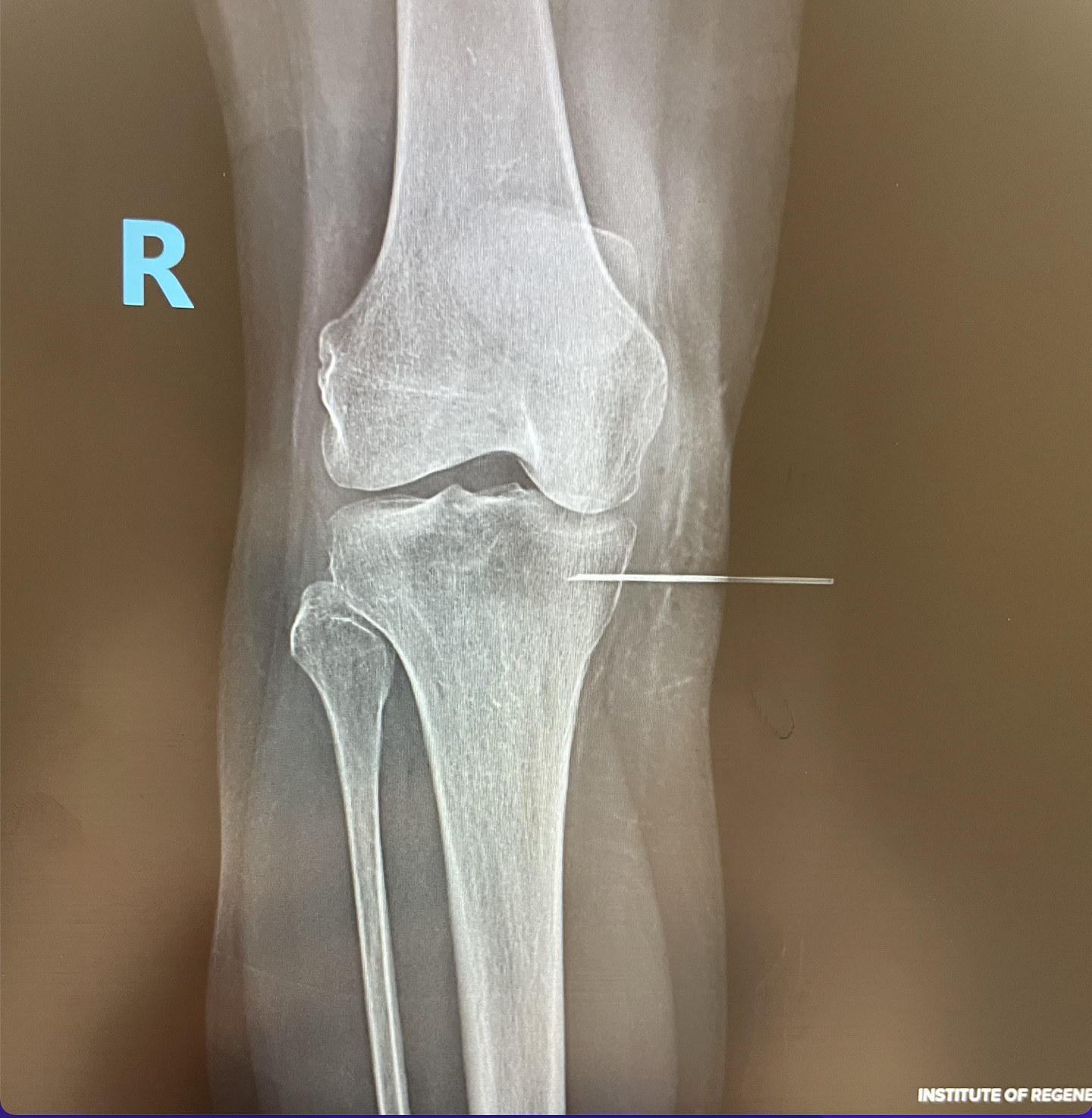Are your hands constantly in pain? Dive into this comprehensive guide that explores the symptoms of carpal tunnel syndrome and empowers you with knowledge.
Introduction
Living with chronic hand pain can be debilitating, affecting your ability to perform daily tasks and enjoy life to the fullest. In this comprehensive guide, we will delve into the symptoms of carpal tunnel syndrome, a condition that often causes persistent hand discomfort, numbness, and tingling sensations. As a board-certified medical doctor specializing in regenerative orthopedics and sports medicine at the Institute of Regenerative Orthopedics & Sports Medicine in Fort Lauderdale, FL, I understand the impact of carpal tunnel syndrome on your quality of life. By exploring the symptoms and empowering you with knowledge, this article aims to help you navigate this condition more effectively.
Understanding Carpal Tunnel Syndrome
To comprehend the symptoms of carpal tunnel syndrome, it is crucial to first understand the condition itself. Carpal tunnel syndrome occurs when the median nerve, which runs through a narrow passageway in the wrist called the carpal tunnel, becomes compressed or irritated. This compression can result from various factors, including repetitive hand motions, wrist injuries, and underlying health conditions. As a result, individuals with carpal tunnel syndrome often experience a range of distressing symptoms.
Common Symptoms of Carpal Tunnel Syndrome
Persistent hand pain and discomfort: One of the primary indications of carpal tunnel syndrome is continuous hand pain that may radiate to the forearm. This pain can vary in intensity and may be exacerbated by activities that involve wrist flexion or repetitive hand movements.
Numbness and tingling in the fingers: Individuals with carpal tunnel syndrome often report sensations of numbness, tingling, or a “pins and needles” feeling in the thumb, index, middle, and half of the ring finger. These sensations may also extend up the arm.
Weakness and clumsiness in hand movements: As carpal tunnel syndrome progresses, weakness and a sense of clumsiness may develop. Tasks that require fine motor skills, such as buttoning a shirt or gripping small objects, can become challenging.
Nighttime symptoms and sleep disturbances: Many individuals with carpal tunnel syndrome experience worsening symptoms during the night. Numbness and tingling may disrupt sleep, leading to fatigue and decreased overall well-being.
Recognizing the Early Warning Signs
Early detection of carpal tunnel syndrome is essential for timely intervention and optimal treatment outcomes. By recognizing the early warning signs, you can take proactive steps to manage the condition effectively. Some subtle changes in hand sensations to look out for include:
Increased hand sensitivity: You may notice heightened sensitivity to temperature changes, touch, or vibrations in your hands.
Mild intermittent numbness: Occasional numbness or tingling that subsides after shaking or moving the hand is an early indicator worth noting.
Occasional weak grip: Difficulty maintaining a firm grip or a sense of hand weakness during everyday activities may be an early sign of carpal tunnel syndrome.
Occasional night awakenings: If you experience occasional nighttime numbness or pain that wakes you up, it may be a sign to seek further evaluation.
Diagnostic Methods for Carpal Tunnel Syndrome
Accurate diagnosis of carpal tunnel syndrome requires a comprehensive assessment of your medical history, physical examination, and possibly additional diagnostic tests. Some common diagnostic methods include:
Physical examination and medical history assessment: Your doctor will inquire about your symptoms, medical history, and occupational activities. They will also perform a physical examination to evaluate hand strength, sensation, and signs of nerve compression.
Nerve conduction studies and electromyography (EMG): These tests assess the functioning of the median nerve and detect any abnormalities. Nerve conduction studies measure the speed and strength of nerve impulses, while EMG assesses muscle response to nerve stimulation.
Imaging techniques such as ultrasound and MRI: Ultrasound imaging can provide real-time visualization of the median nerve, aiding in the diagnosis and localization of any abnormalities. MRI scans may be used to evaluate the soft tissues and rule out other causes of hand and wrist pain.
Role of the author’s practice in ultrasound-guided carpal tunnel release: At the Institute of Regenerative Orthopedics & Sports Medicine, we specialize in ultrasound-guided carpal tunnel release, a minimally invasive procedure that offers precise visualization and targeted treatment. This technique ensures optimal outcomes while minimizing post-operative discomfort and downtime.
Differentiating Carpal Tunnel Syndrome from Other Conditions
While carpal tunnel syndrome shares some symptoms with other hand and wrist conditions, understanding the nuances can help differentiate between them. It is essential to consult with a medical professional for an accurate diagnosis. Differentiating carpal tunnel syndrome from peripheral neuropathy, which is characterized by nerve damage in the extremities, is crucial. Additionally, overlapping symptoms with cervical radiculopathy, which occurs due to nerve compression in the neck, may require further evaluation to determine the primary cause of your symptoms.
Risk Factors for Carpal Tunnel Syndrome
Several risk factors increase the likelihood of developing carpal tunnel syndrome. By recognizing these factors, you can adopt preventive measures and manage your symptoms more effectively. Common risk factors include:
Occupation-related factors and repetitive hand motions: Jobs that involve repetitive hand motions, such as typing, assembly line work, and manual labor, increase the risk of developing carpal tunnel syndrome.
Predisposing factors such as age and gender: Carpal tunnel syndrome is more prevalent in individuals over 40 years of age, and women are at higher risk than men.
Underlying health conditions like diabetes and hypothyroidism: Certain medical conditions, including diabetes, hypothyroidism, rheumatoid arthritis, and obesity, can increase the likelihood of developing carpal tunnel syndrome.
Lifestyle Modifications for Symptom Relief
While medical intervention is often necessary, certain lifestyle modifications can help alleviate carpal tunnel syndrome symptoms and promote overall hand health. Incorporating the following practices into your daily routine may provide relief:
Ergonomic changes in workplace and hand posture: Adjusting your workstation ergonomics, such as chair height, keyboard position, and wrist support, can reduce stress on the median nerve.
Wrist splints and braces for support and immobilization: Wearing wrist splints or braces, especially during activities that trigger symptoms or while sleeping, can help immobilize the wrist and alleviate pressure on the median nerve.
Importance of regular breaks and hand exercises: Taking frequent breaks from repetitive tasks and engaging in hand exercises, such as stretching and strengthening exercises, can improve flexibility and reduce strain on the wrist and hand.
Dietary and lifestyle adjustments for overall hand health: A healthy lifestyle, including a balanced diet, regular exercise, and adequate hydration, can contribute to overall hand health and reduce the risk of inflammation and nerve compression.
Treatment Options for Carpal Tunnel Syndrome
Treatment options for carpal tunnel syndrome depend on the severity of your symptoms and their impact on your daily life. It is crucial to consult with a medical professional to determine the most suitable treatment plan for you. Some common treatment options include:
Non-surgical interventions: Non-surgical approaches, such as medication for pain management and inflammation reduction, as well as physical therapy exercises targeting the hand and wrist, may help alleviate symptoms.
Corticosteroid injections for temporary symptom relief: In some cases, corticosteroid injections may be recommended to reduce inflammation and provide temporary relief from symptoms.
Surgical options including traditional and endoscopic carpal tunnel release: Severe or persistent cases of carpal tunnel syndrome may require surgical intervention. Traditional open carpal tunnel release and endoscopic carpal tunnel release are two surgical techniques that aim to relieve pressure on the median nerve.
Emphasis on the Dr.Jorge Gonzalez ‘s practice expertise in ultrasound-guided carpal tunnel release: As an expert in regenerative orthopedics and sports medicine, the author and their team at the Institute of Regenerative Orthopedics & Sports Medicine specialize in ultrasound-guided carpal tunnel release. This minimally invasive procedure offers precise visualization and targeted treatment, resulting in optimal outcomes and reduced recovery time.
Post-Treatment Rehabilitation and Recovery
After surgical intervention or other treatment modalities, post-treatment rehabilitation and recovery play a crucial role in regaining hand function and preventing recurrence. The following aspects are important to consider during this phase:
Importance of post-operative care and follow-up visits: Adhering to post-operative instructions, attending follow-up visits with your healthcare provider, and diligently participating in rehabilitation exercises are essential for a successful recovery.
Hand therapy exercises for strengthening and flexibility: Under the guidance of a hand therapist, specific exercises can help improve strength, flexibility, and coordination in the hand and wrist.
Gradual return to normal activities and prevention of recurrence: As symptoms subside and strength returns, gradually reintroducing activities while maintaining proper ergonomics and hand posture can help prevent the recurrence of carpal tunnel syndrome.
Prevention Strategies for Carpal Tunnel Syndrome
While not all instances of carpal tunnel syndrome can be prevented, certain strategies can reduce the risk or delay the onset of symptoms. Proactive measures include:
Proactive measures for individuals at risk: If you have a higher risk of developing carpal tunnel syndrome due to occupational or other factors, implementing preventive measures early on can be beneficial.
Stretching exercises and hand warm-ups before repetitive tasks: Engaging in stretching exercises and hand warm-ups before engaging in repetitive tasks can help prepare your muscles and joints, reducing the strain on the median nerve.
Workstation ergonomics and equipment modifications: Ensuring proper workstation ergonomics, including an adjustable chair, ergonomic keyboard, and wrist support, can minimize stress on the hands and wrists during work or other activities.
Conclusion
Living with constant hand pain can significantly impact your daily life and overall well-being. By diving into this comprehensive guide on carpal tunnel syndrome symptoms, you are equipped with the knowledge to recognize early warning signs, seek appropriate medical evaluation, and explore treatment options. With the expertise of professionals like those at the Institute of Regenerative Orthopedics & Sports Medicine in Fort Lauderdale, FL, ultrasound-guided carpal tunnel release provides a cutting-edge approach to treatment. Take control of your hand health, seek professional help, and regain a pain-free and functional life. Schedule a consultation today and pave the way for a brighter hand-health future.









